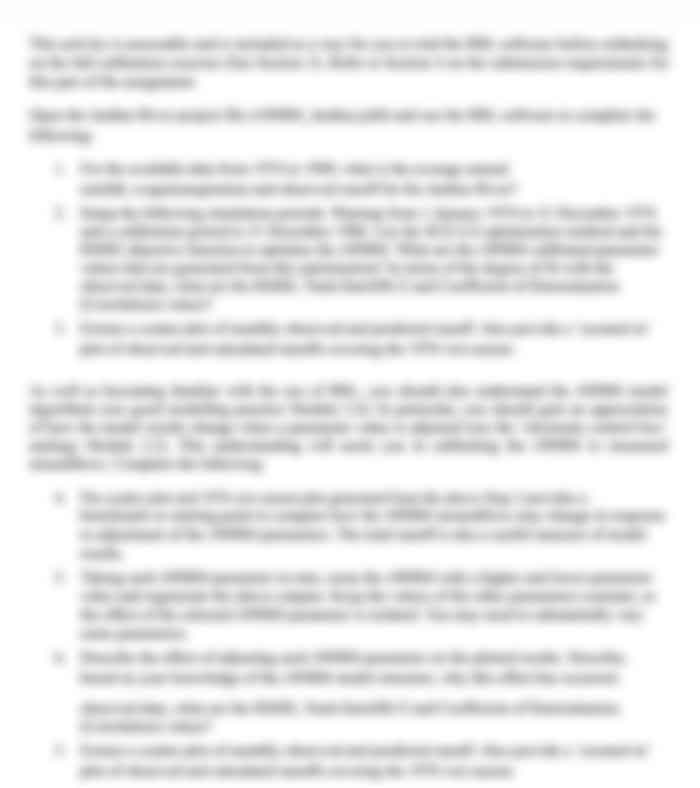Reactions of Coordinated ligands Assignment
- Country :
Australia
1. Append risk assessment, spectra and experimental observations from duplicate book.
2. RESULTS
.png)
.png)
.png)
.png)
3. DISCUSSION
a) Consider the IR spectra of each of the compounds in the spectral region 400-2000 cm-1 and answer the following questions:1
- Identify 4 of the intense bands of the phenanthroline ligand; list the wavenumber of these bands for free phenanthroline and phenanthroline coordinated to CoII and CoIII. phen Are the vibrational bands of the phen ligand reasonably similar for the three cases?Do the bands uniformly move to higher or lower wavenumber ?
.png)
- What do the observations in part i) imply about the bonding within the phen ligand in the coordinated and free forms? (Hint: if the spectra are similar then the bonding/local symmetry of the ligand is retained, if not then a significant change in bonding/symmetry is implied)
- Compare the changes in vibrational spectra of the phen ligand which result from conversion to the quinone. What has more effect on the bonding within the phen ligand, binding to the metal or conversion to the quinone?
- Identify the ?(CO) band of the quinone and the vibrational bands due to the anions (why is no anion vibration observed for [Co(phen)3]Br2?)
b) Preparation of resolved D(+)-tris(phen)cobalt(II) is achieved by precipitation with antimonyl-d-tartrate [in an analogous procedure to that given in step 3 (a)]. This reaction proceeds with QUANTITATIVE conversion of Co2+ to D(+)-tris(phen)cobalt(II). How is it possible to achieve a yield of >50?sed on Co2+ (i.e. >100% optical yield) in this case?
c) The oxidation of D(+)-tris(1,10 phenanthroline)cobalt(II)antimonyl-d-tartrate by chlorine proceeds with retention of optical activity. Why does this infer that the cobalt(II) complex is in the solid-state when it is oxidised?
d) [Co(phen)3]2+ catalyses the racemisation of D-(+)[Co(phen)3]3+. Propose a mechanisim for this reaction.
Get your Reactions of Coordinated ligands assignment solved by our Biochemistry Experts from Exam Question Bank . Our Assignment Writing Experts are efficient to provide a fresh solution to all question. We are serving more than 10000+ Students in Australia, UK & US by helping them to score HD in their academics. Our Experts are well trained to follow all marking rubrics & referencing Style. Be it a used or new solution, the quality of the work submitted by our assignment experts remains unhampered.
You may continue to expect the same or even better quality with the used and new assignment solution files respectively. Theres one thing to be noticed that you could choose one between the two and acquire an HD either way. You could choose a new assignment solution file to get yourself an exclusive, plagiarism (with free Turn tin file), expert quality assignment or order an old solution file that was considered worthy of the highest distinction.

